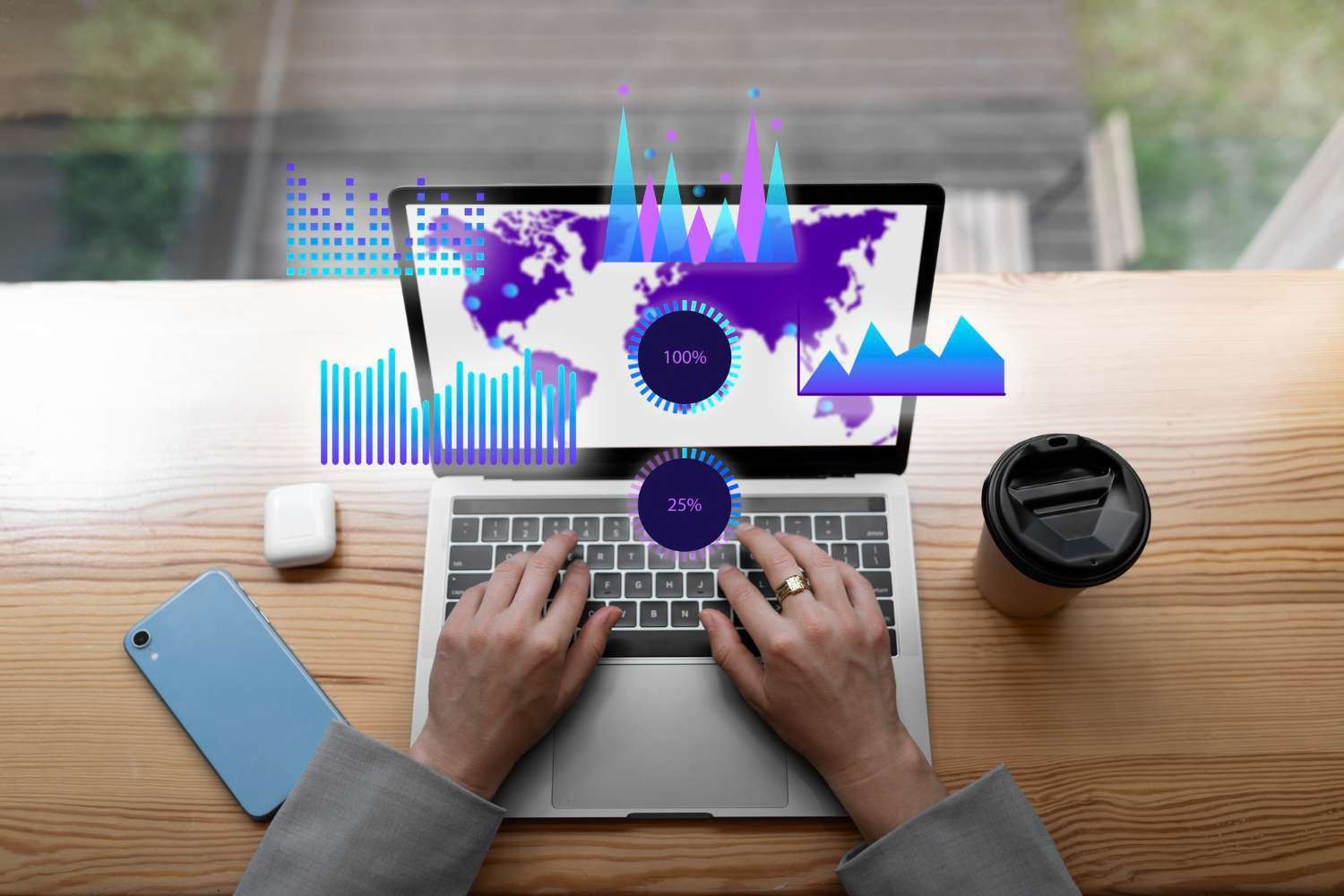In the new age of work, managing distributed team challenges in startups is a hot topic. We’re all fascinated by startup innovation and growth, especially when spurred by talented remote teams. But how can we manage and maintain accountability in such setups?
This article will explore ways performance metrics can be integrated into a remote team’s routine to foster accountability. Let’s dig in.
Understanding the Landscape of Remote Work
The concept of remote work has seen exponential growth in recent years. Carving a productive working existence outside a traditional office is powerful. Firms today leap over geographical boundaries to source talent, and employees enjoy a richer work-life balance in return. However, this inspiring story has a flip side: maintaining accountability is quite a challenge in remote setups.
When communication happens majorly in the virtual world, keeping track of progress and understanding an employee’s workload becomes a guessing game. The solution involves establishing performance metrics that enhance managers’ understanding of each team member’s contributions. Metrics clarify ambiguities and provide a roadmap to ensure alignment among all team members toward the desired goals.
- Setting clear expectations: When remote employees have a clear understanding of their responsibilities, they are more likely to deliver.
- Regular check-ins: Schedule ongoing 1:1s to measure progress and identify bottlenecks.
- Invest in the right tools: Utilizing tools such as Harvest and Toggl can aid in maintaining transparency and tracking productivity.”
Bill Gates once remarked, “Innovation is moving at a scarily fast pace”. With remote work as a notable innovation in the world of work, it’s no wonder we’re all catching up still.
Aligning advances in technology with good old management techniques is our best bet for managing remote teams. While remote work’s freedom and flexibility are great, it’s essential to keep things focused and on track using concrete performance metrics. This will not only ensure accountability but also lead to a more engaged and productive team.
The Power of Performance Metrics: A 5-Point Guide
While managing distributed team challenges in startups, knowing what to measure can make a huge difference. The right metrics often lead us down the right path. Here’s a list of such metrics with associated tools that can make management much more smooth and accountable:
- JIRA: Use it for tracking project progress, checking task completion rate, and identifying sleeping tasks.
- 15Five: This tool facilitates weekly check-ins and lightweight performance reviews.
- Toggl: Helps in tracking time spent on tasks, offering insights into productivity.
- Slack: This is a near-indispensable tool for remote teams, facilitating effective communication by reducing long email threads.
- GlassFrog: This tool promotes transparency by clearly defining roles, responsibilities, and team alignments.
What are key performance metrics for remote teams?
They include project progress, task completion rate, response time, and time spent on tasks.
How can tools aid in managing remote teams?
Tools like JIRA, Toggl, and Slack aid in tracking progress, improving productivity, and facilitating clear communication respectively.
How do we ensure accountability in remote teams?
Performance metrics, regular check-ins, and setting clear expectations are key to ensuring accountability.
How can I measure a remote employee’s workload?
Tools like JIRA and Toggl can provide insights into a remote employee’s workload.
Analyzing the Remote Work Sprint
The world of remote work is rapidly evolving as more companies embrace its benefits. The market is reflecting this change with an explosion of tools and services catering to remote workflows. However, with this trend, the need for overseeing productivity and fostering accountability has significantly increased.
In addition to complying with this shift from physical workspace to digital, companies need to invest resources in continuously improving management practices, particularly around accountability. Using performance metrics, managers can gauge their remote team’s productivity, identify gaps, and take corrective actions in a timely manner.
Case Study: Zapier
Zapier provides an excellent example of a company that has effectively implemented performance metrics and accountability in its remote team. Being 100% remote they have invested time and effort in creating mechanisms that keep their distributed team aligned.
Zapier uses tools such as Trello, GitHub, and Slack to set clear expectations and track progress. Additionally, they encourage transparency and communication through regular internal blogging on product updates, company news, and more. By doing so, Zapier is both acknowledging the challenges of remote work and addressing them with a sound strategy.
- Blockchain-Enabled IoT Device Authentication - October 16, 2024
- Quantum Cryptography: The Future of Secure Communication - October 9, 2024
- Photon Mapping for Enhanced Ray Tracing - October 2, 2024
